It was a great surprise to find the above painting in a Reuse Scotland shop recently. Reuse Scotland facilitates the reuse of materials which might otherwise end up in landfill. Somewhat battered, a little bit grimy and with a scratch down the middle, the painting initially looked like Viewforth (east of the Temple) with its pair of gable ends facing the shore. However, on closer inspection it actually looks more like the postcard scene (below) of the shore at Lower Largo just east of the pier, where "Edina View", "Rock View" and "Beach House" were built by Andrew Selkirk circa 1890 on the site of the much older properties shown.
The painting is signed J.M. Dodds. This was Jonathan Murray Dodds, the son of a school master, who was born in 1858 in Prestonpans, East Lothian. After moving around Scotland with his father's job, he settled in Edinburgh and married Robina Hunter, daughter of a lemonade manufacturer, in 1877. In 1881 Dodds was described as a 'Commercial Traveller', which was likely supplying artist's materials. By 1891 the family, including six children, were living on Morningside Road in Edinburgh and Jonathan was described as 'Artist (landscape)'. It was probably around this time or slightly earlier that the painting was completed.
This was not the only Fife scene that Dodds captured. The artwork above features old Buckhaven's East Shore. It's a view that at first glance appears similar to the Lower Largo foreshore looking west, however, the photograph below confirms that it is Buckhaven, with its harbour wall in the distance. Dodds seems to have had an interest in traditional coastal activities and industries. Another of his works features Joppa Pans - the site of salt works close to Portobello - see further below.
In 1892 Dodds was declared bankrupt. At that time he was described as an 'Artist's Colourman' rather than an artist, which was a term for someone who supplied artist's materials. After that, Dodds career took a different direction for a spell. In the census of 1901, he was recorded as a 'Ship Steward' living in Leith. His wife Robina had died in 1898, aged 46. However, Dodds went on to remarry, have further children and return to painting. In 1911, he was recorded in the census as 'Painter (Artist)'. In 1921 Dodds was described as a 'Landscape Artist' and was living on Union Street in Edinburgh. Jonathan Dodds died suddenly on 15 September 1935 at the Liberal Club in Leith, where he was club caretaker and a competitive billiards player.
Below is more detail from the Dodds painting along with his enlarged signature. The plan is now to clean and repair the piece and to then reframe it. If you have an old painting of Largo, please consider sharing an image of it, so we can record more about how the place used to look in days gone by. You can leave a comment or select the 'contact' option to get in touch. I wonder how many artworks featuring Largo may have ended up in landfill over the decades, as this painting might have done.
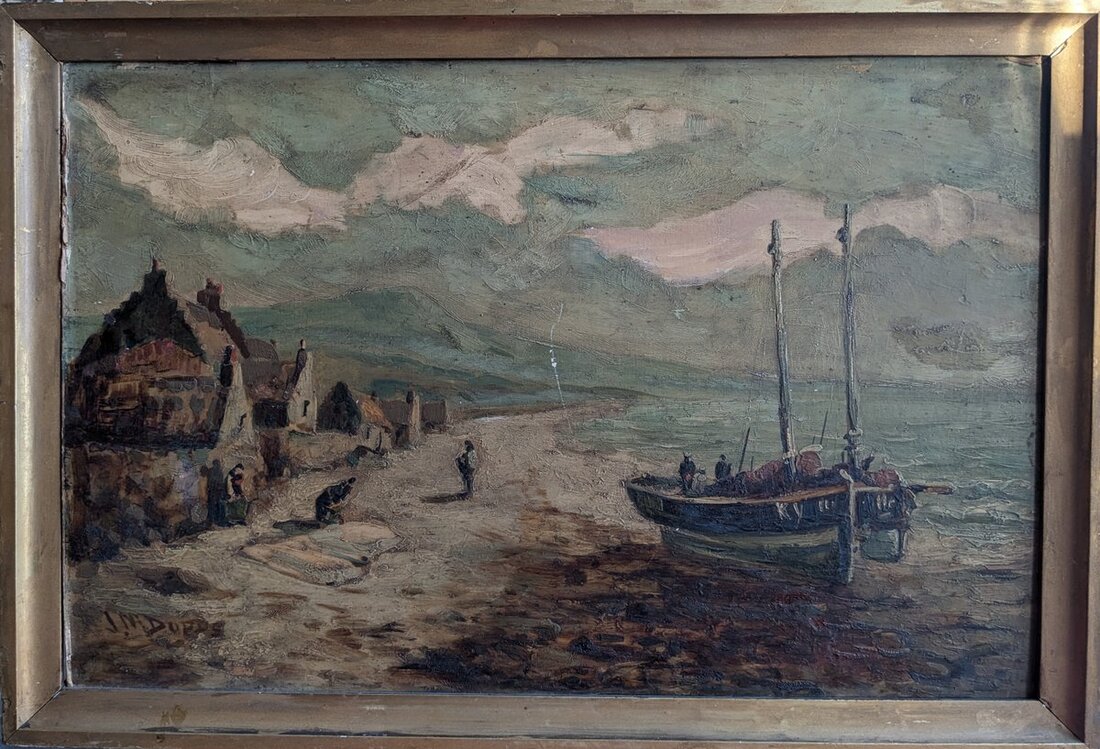
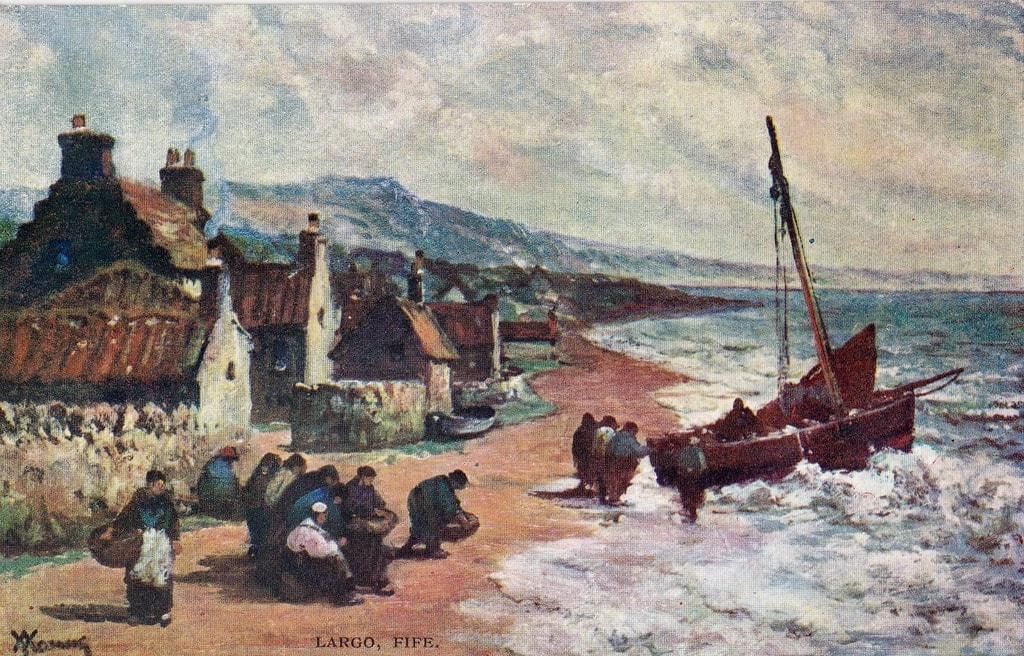
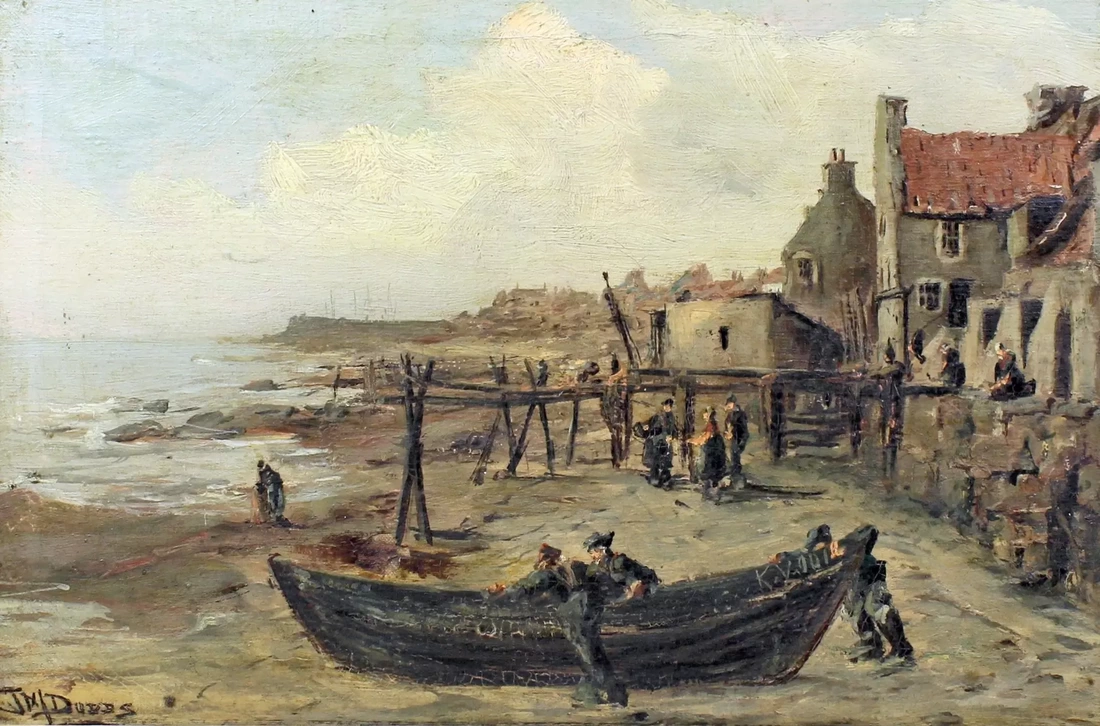
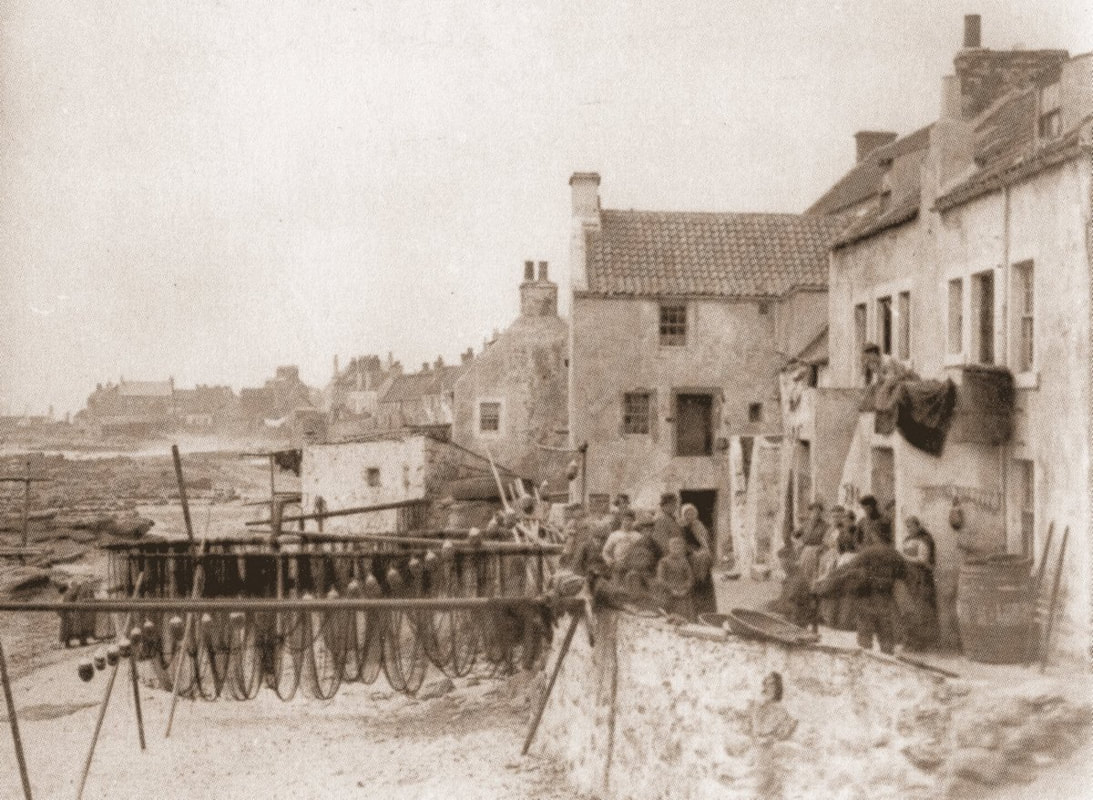
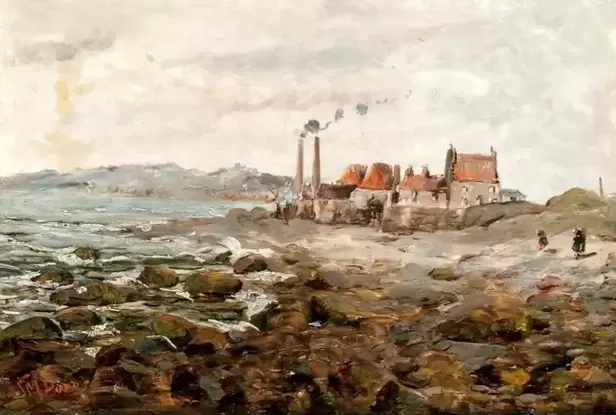
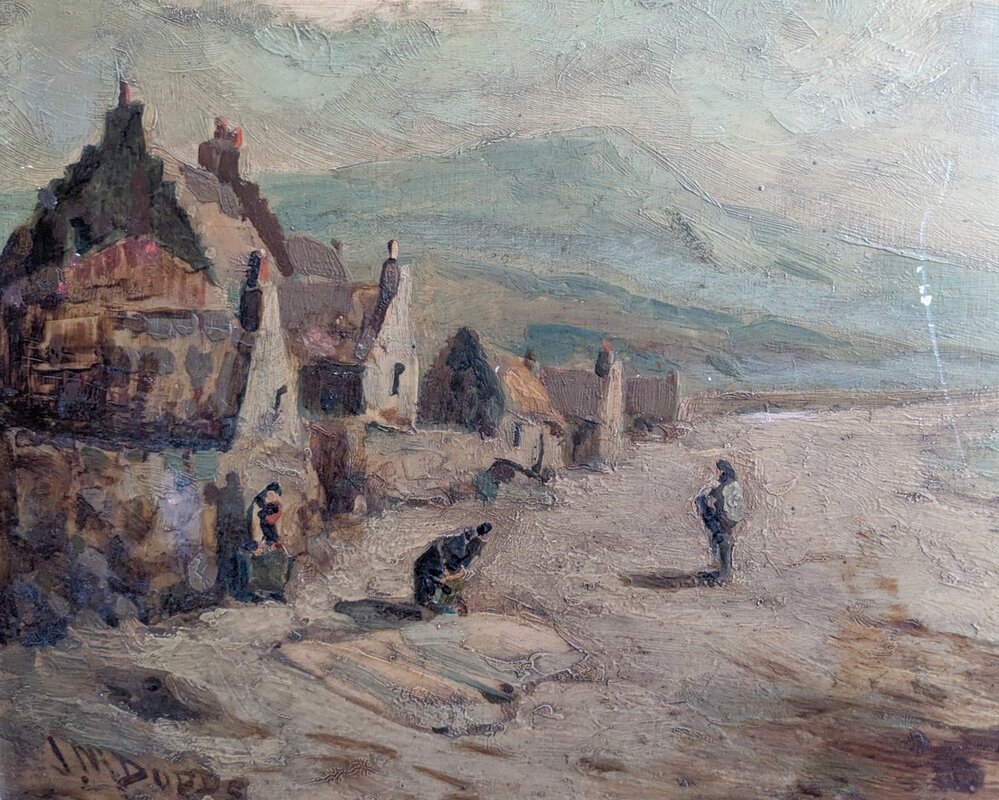
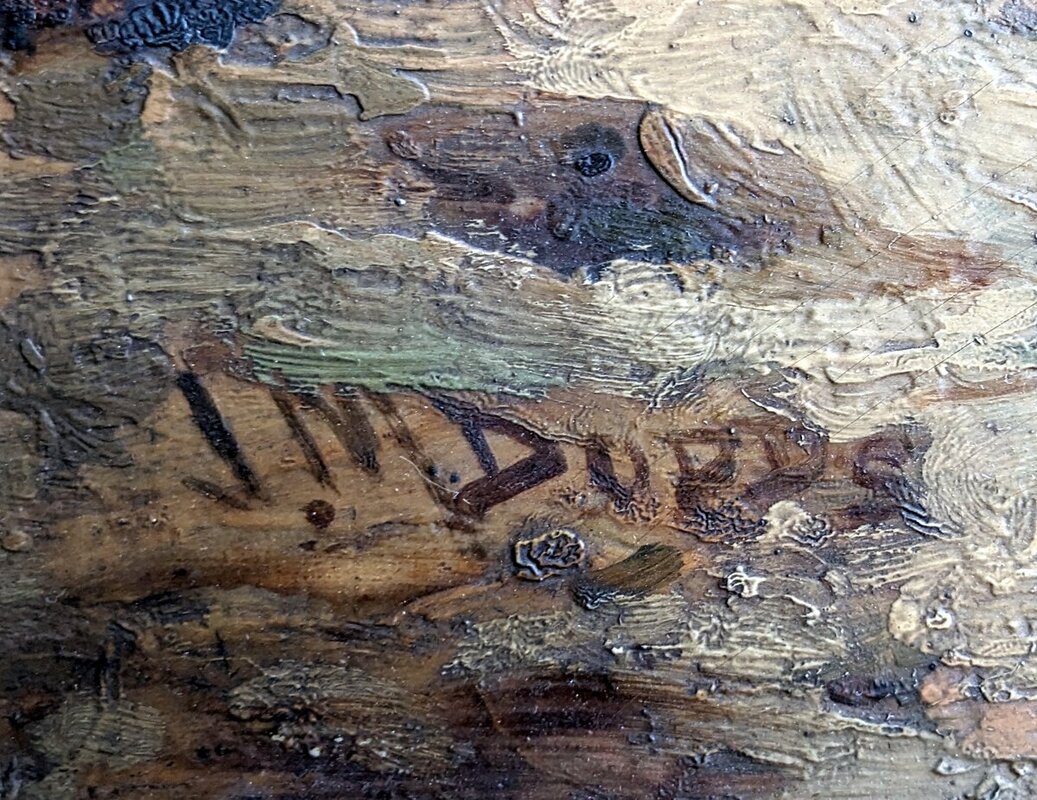
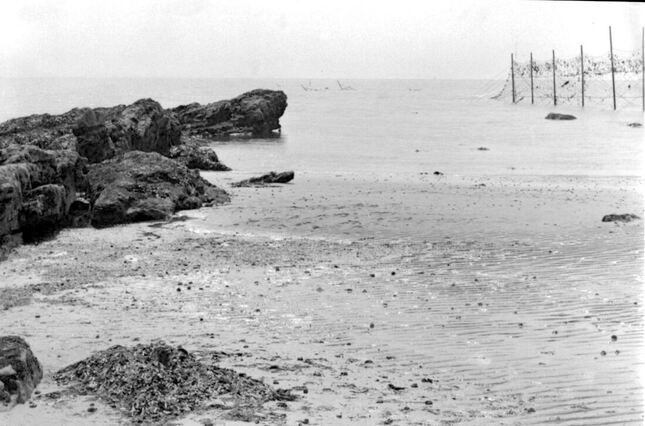
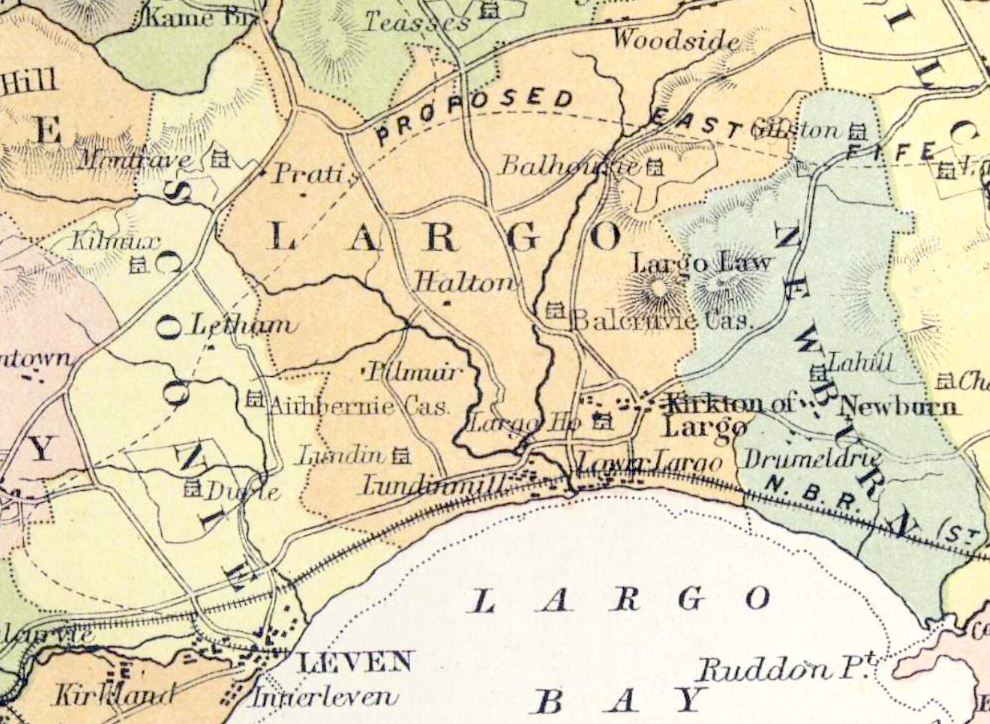
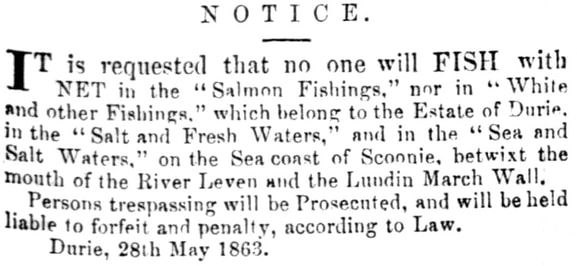
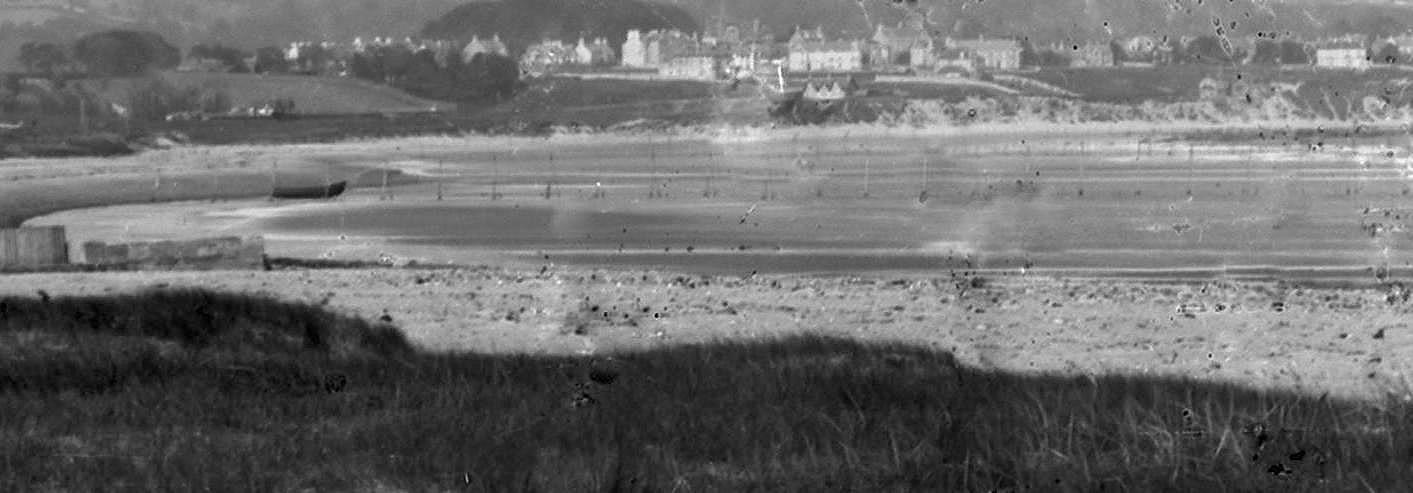
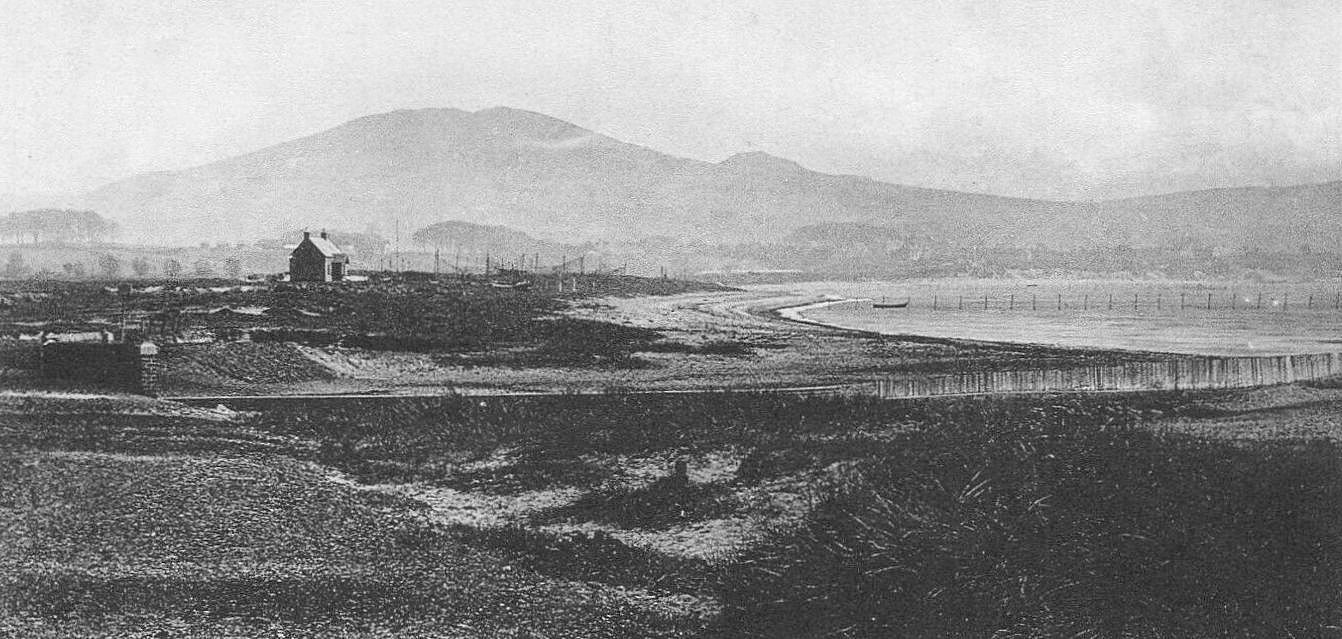

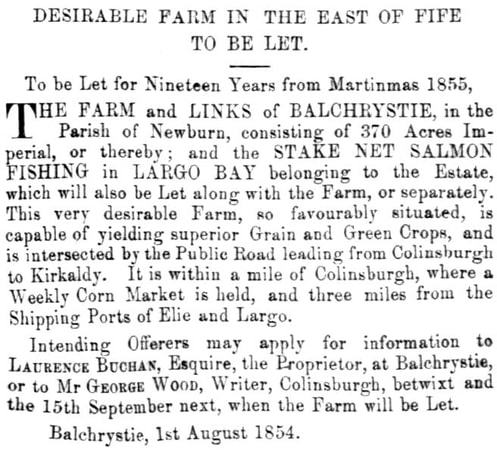

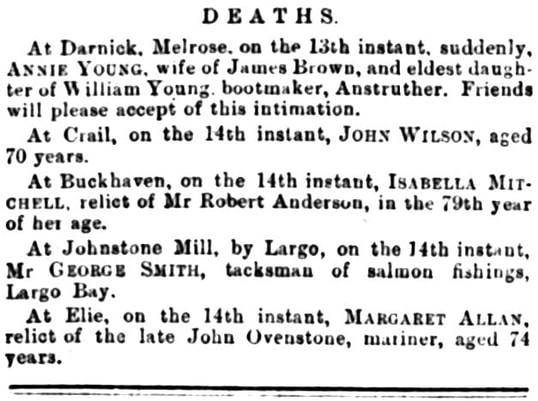
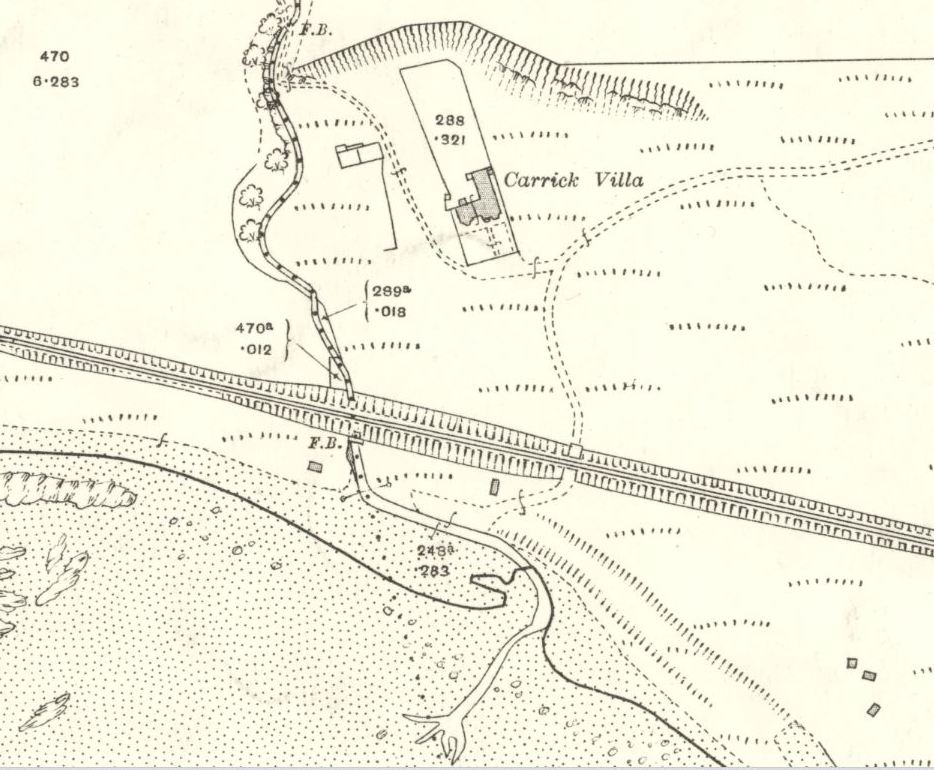
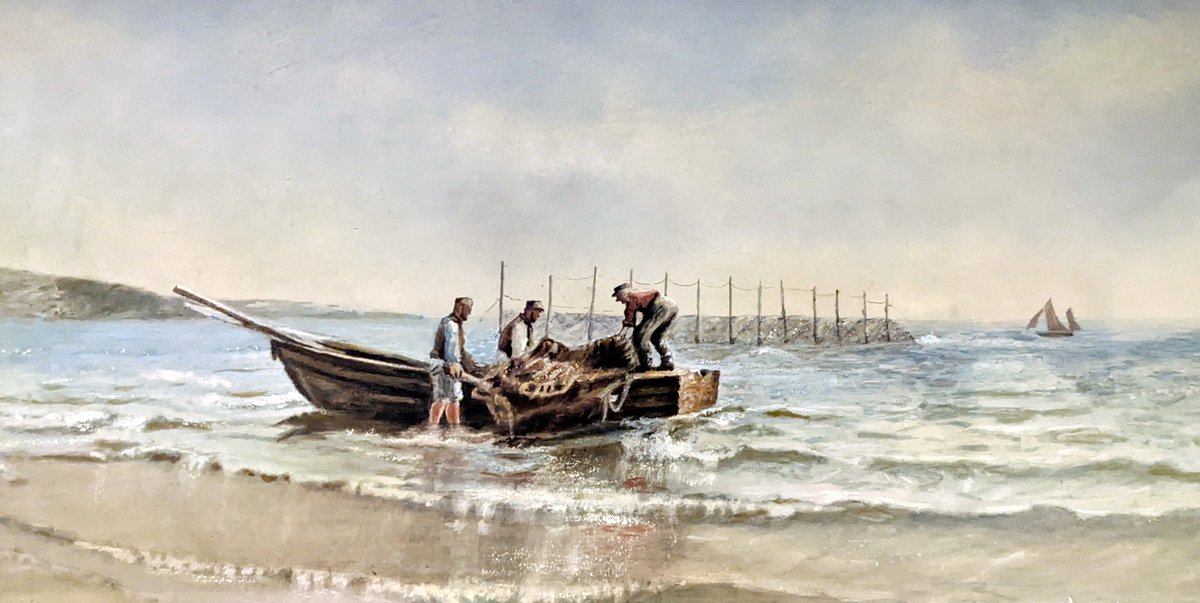
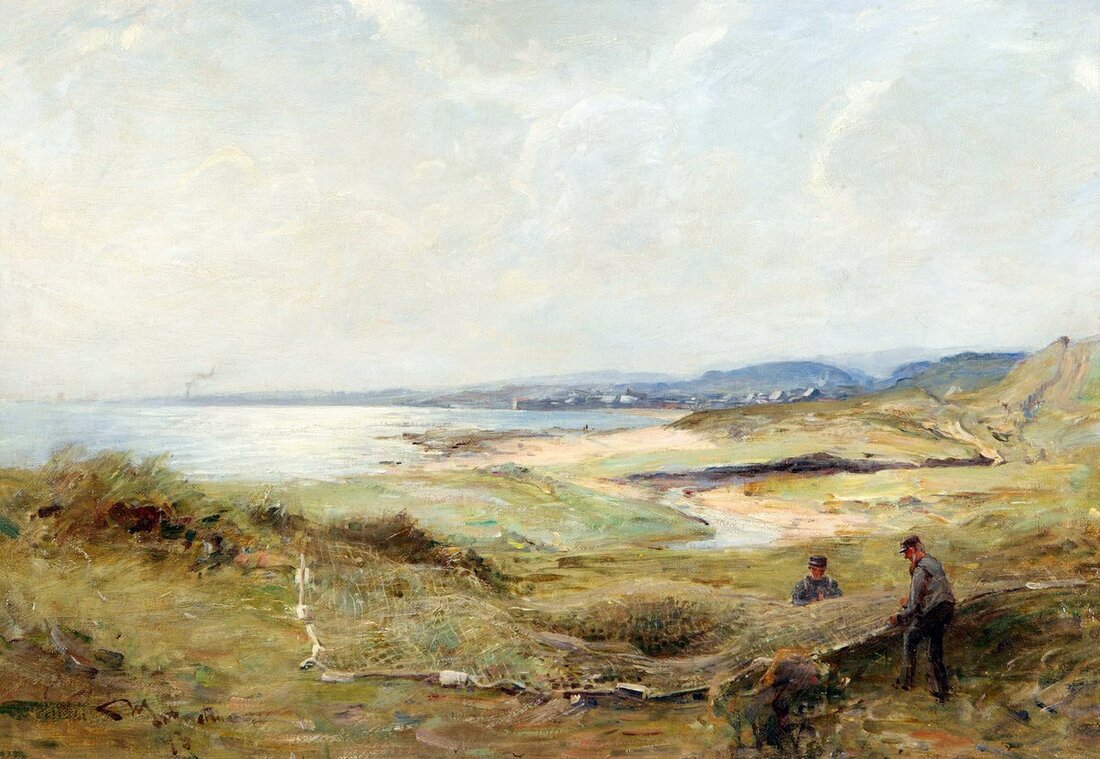
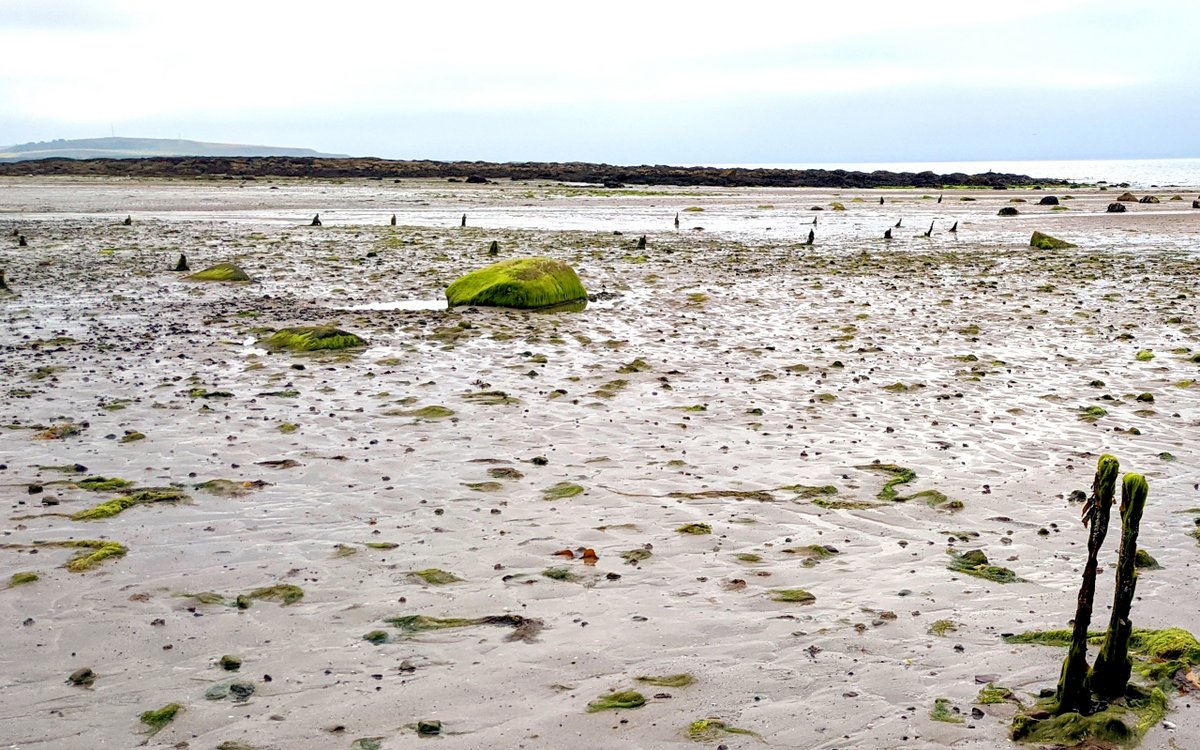
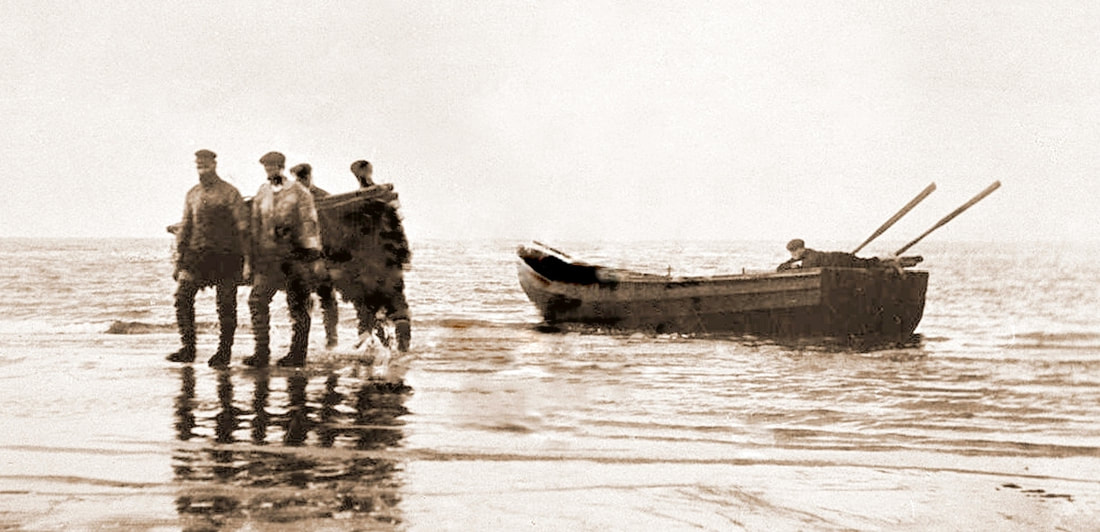
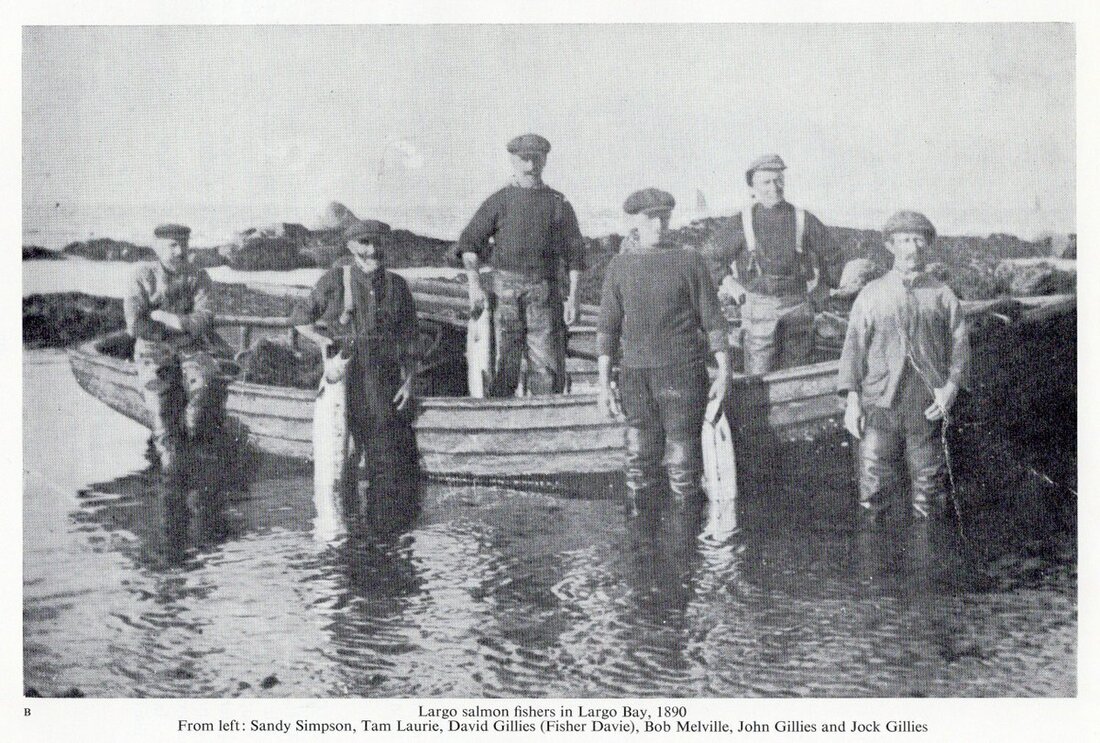
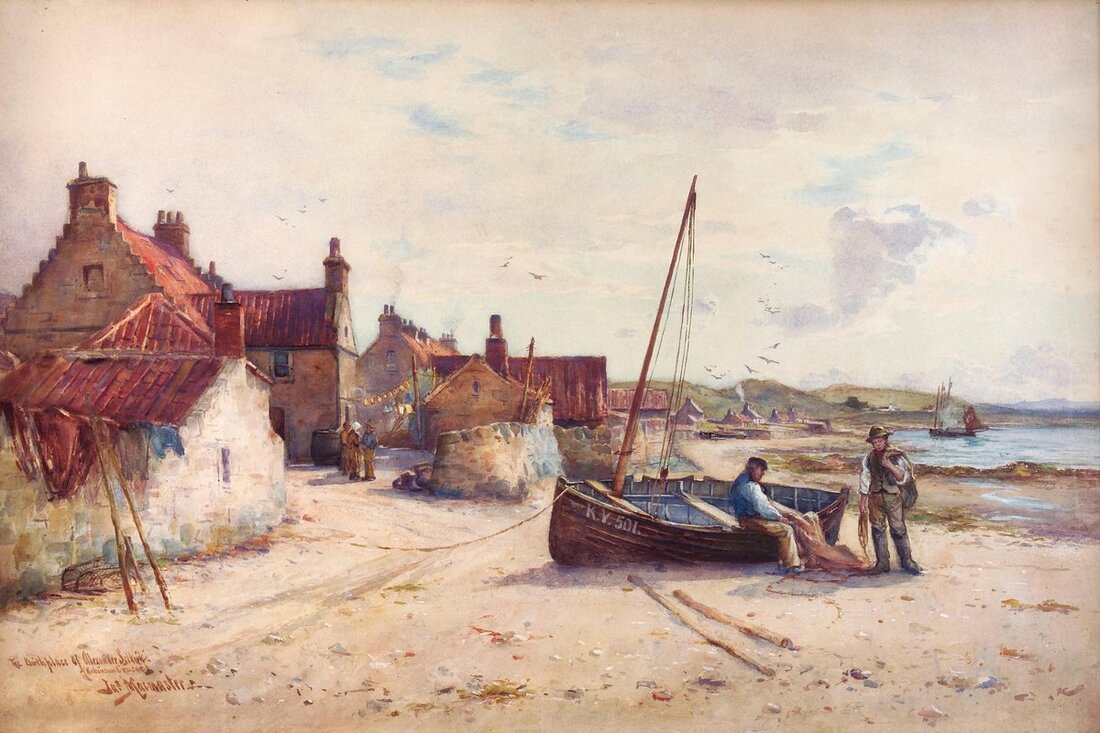

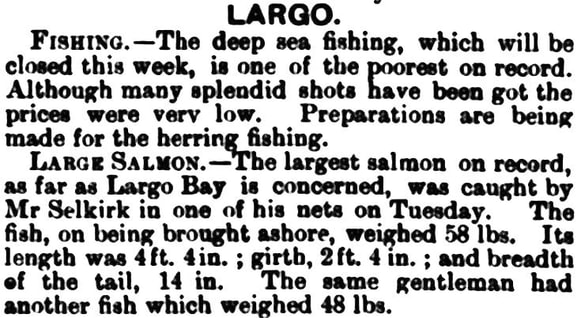
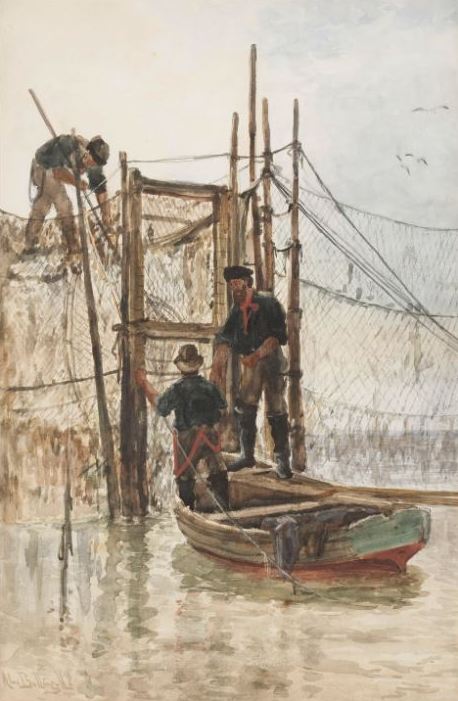
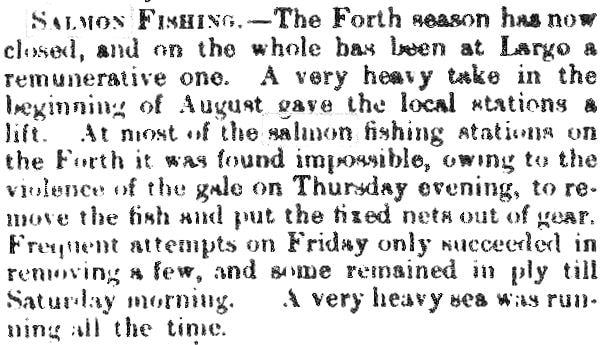
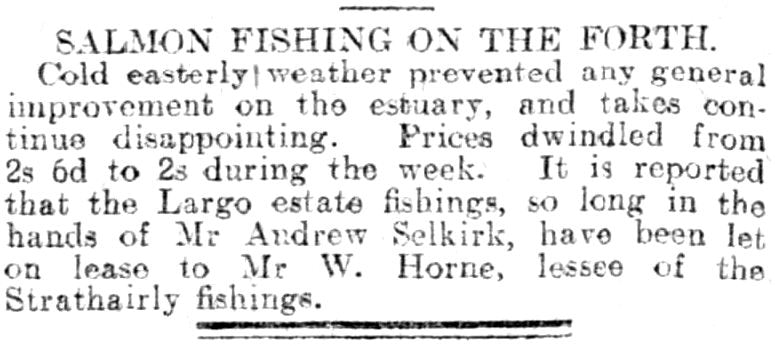
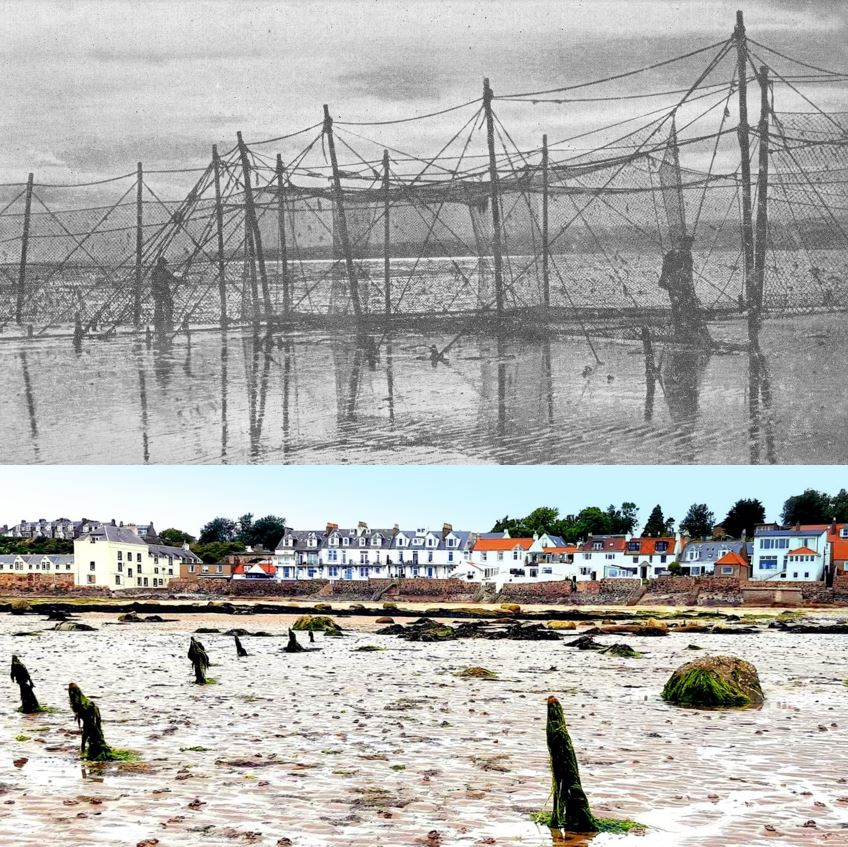
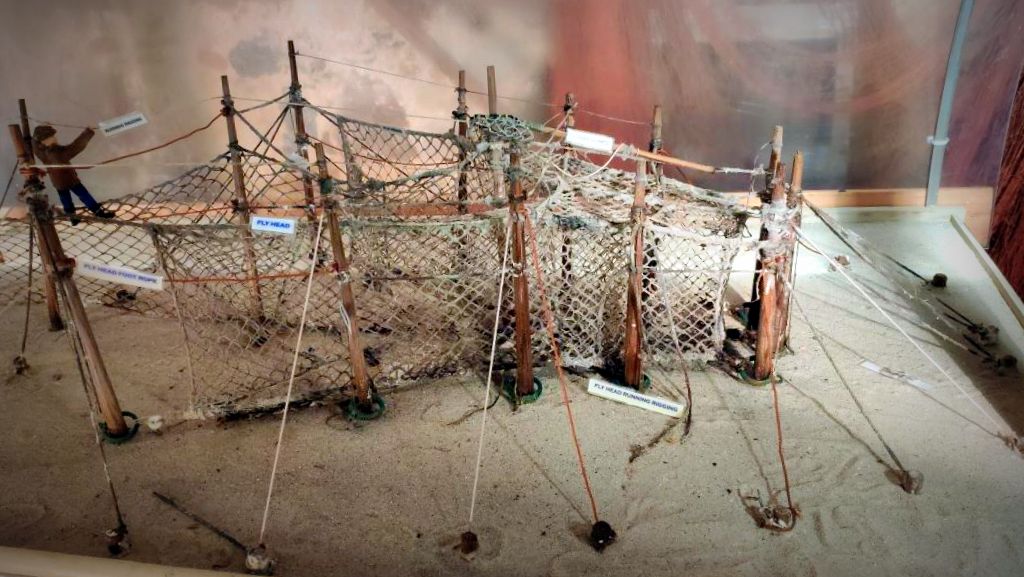
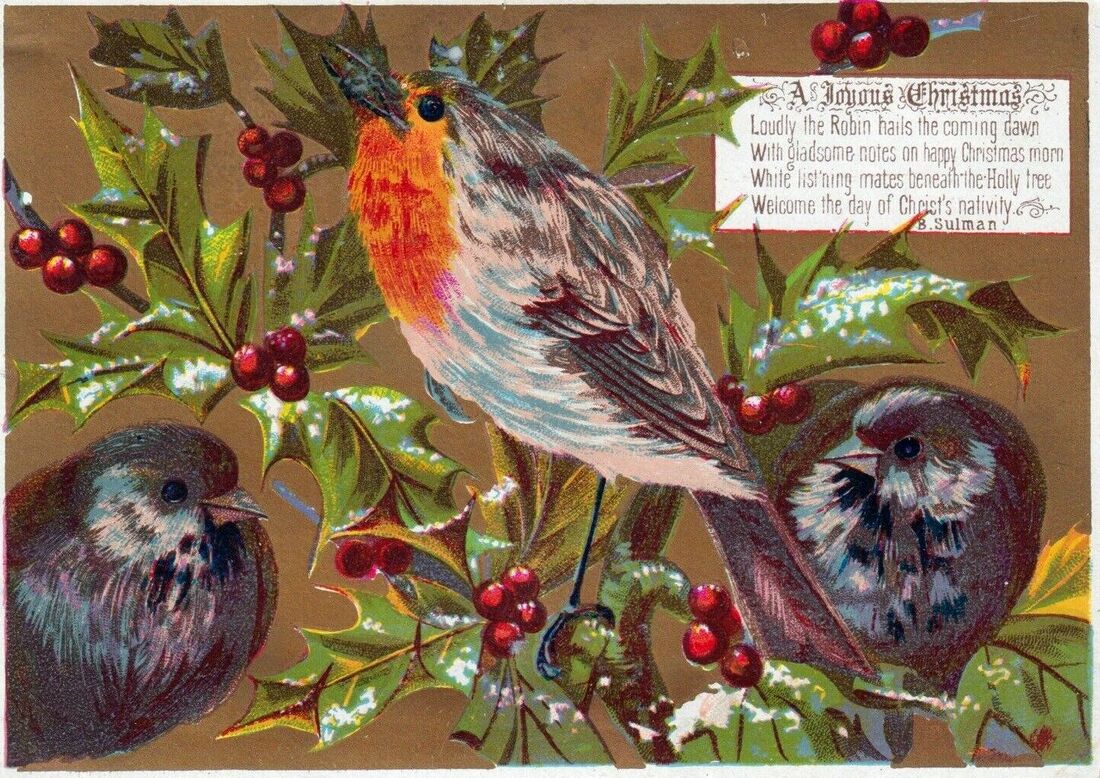
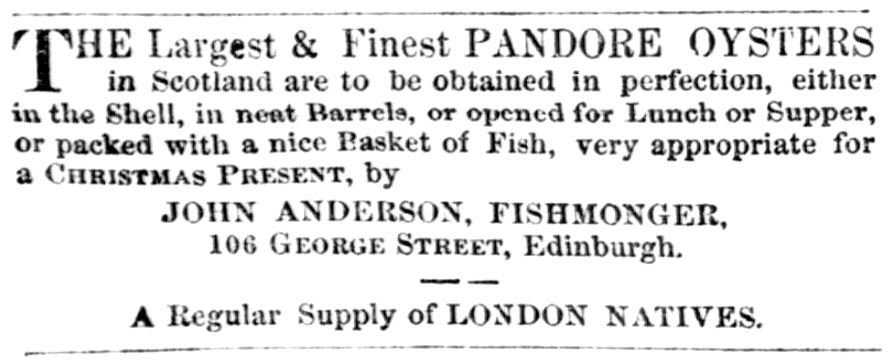
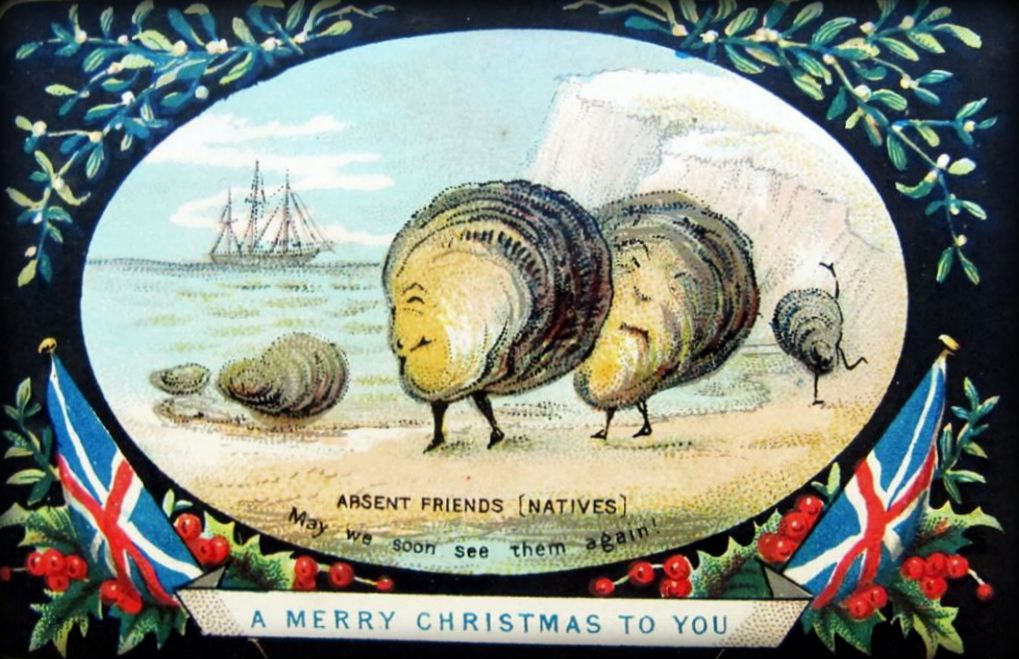
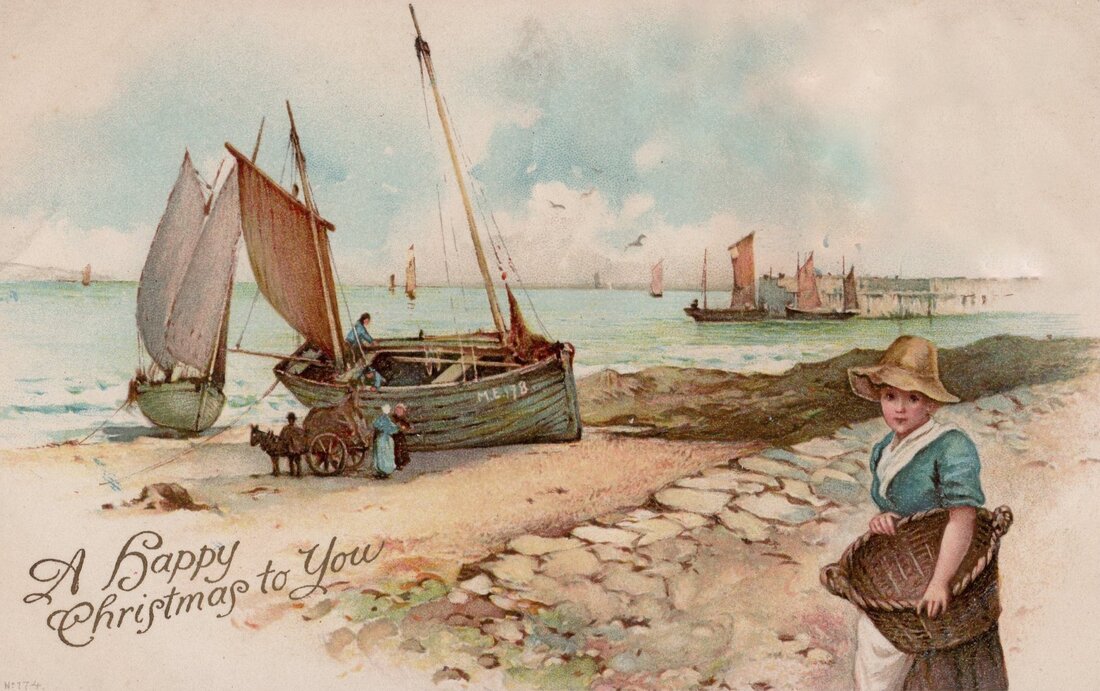
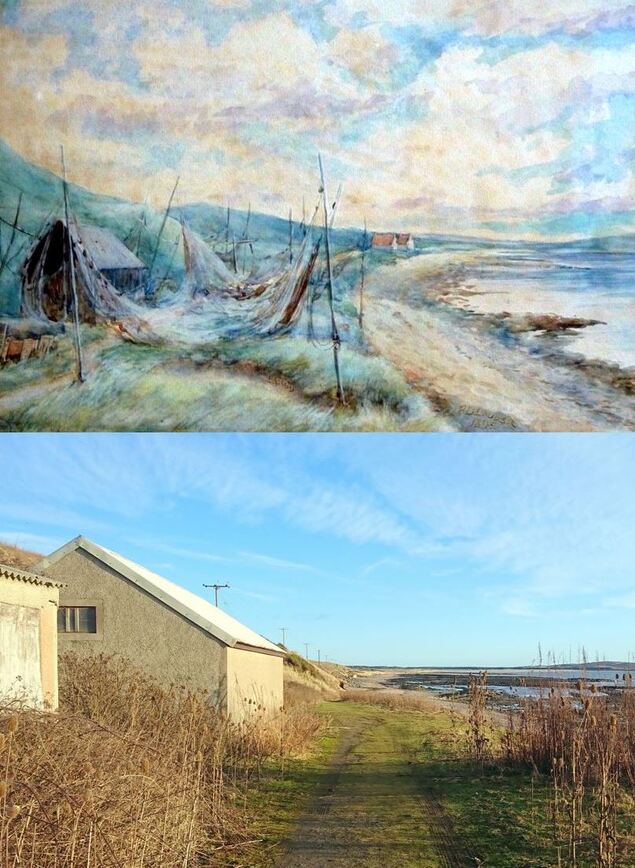
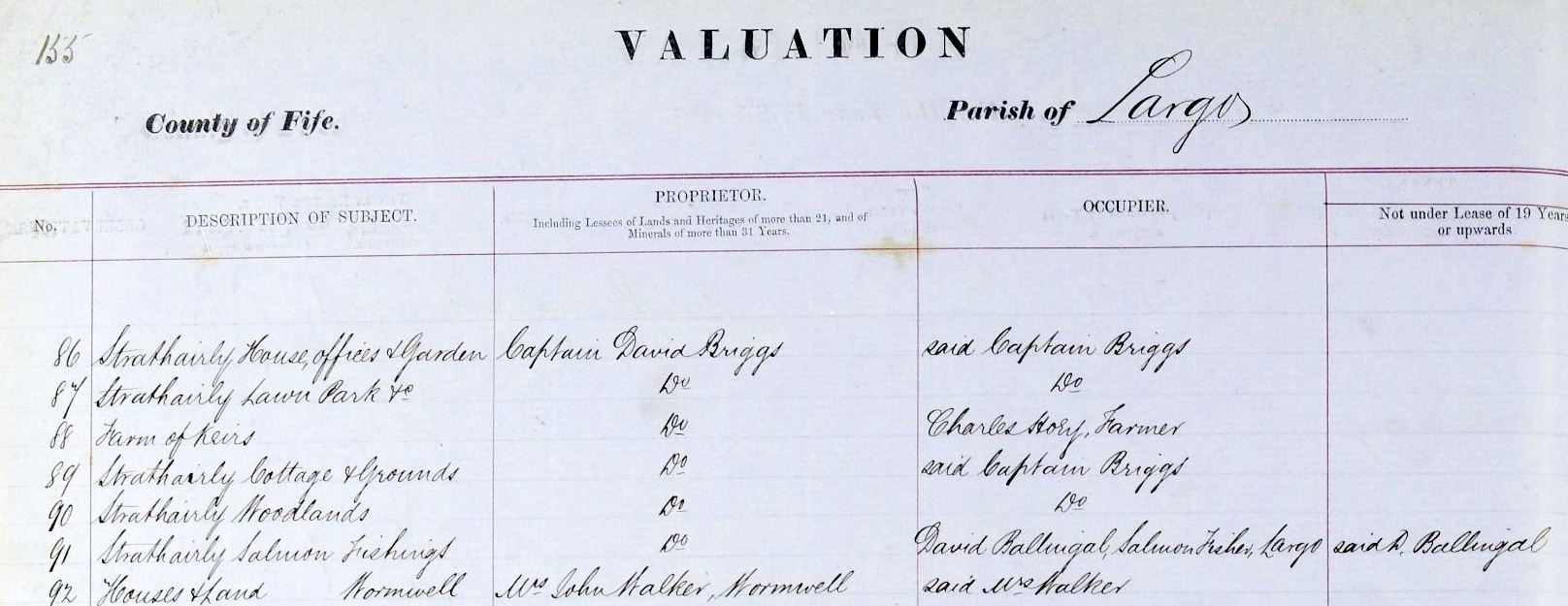


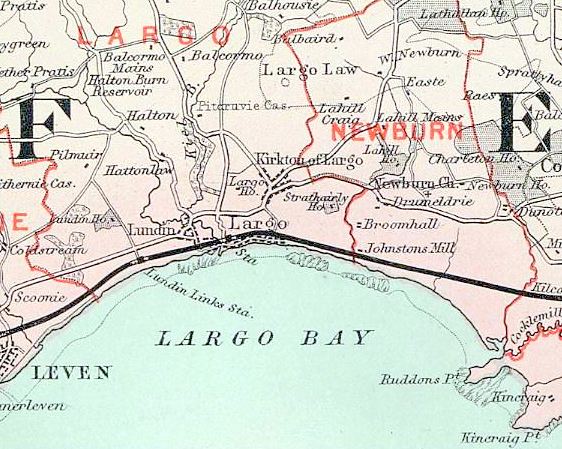
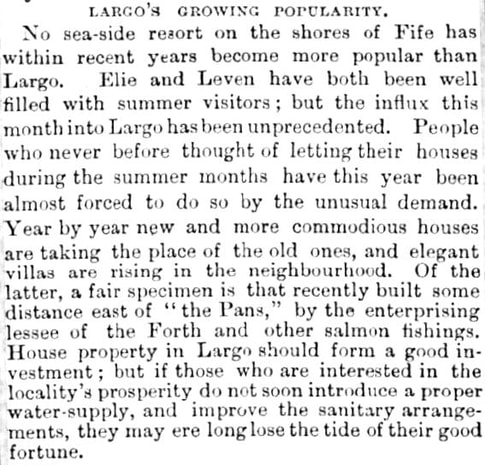
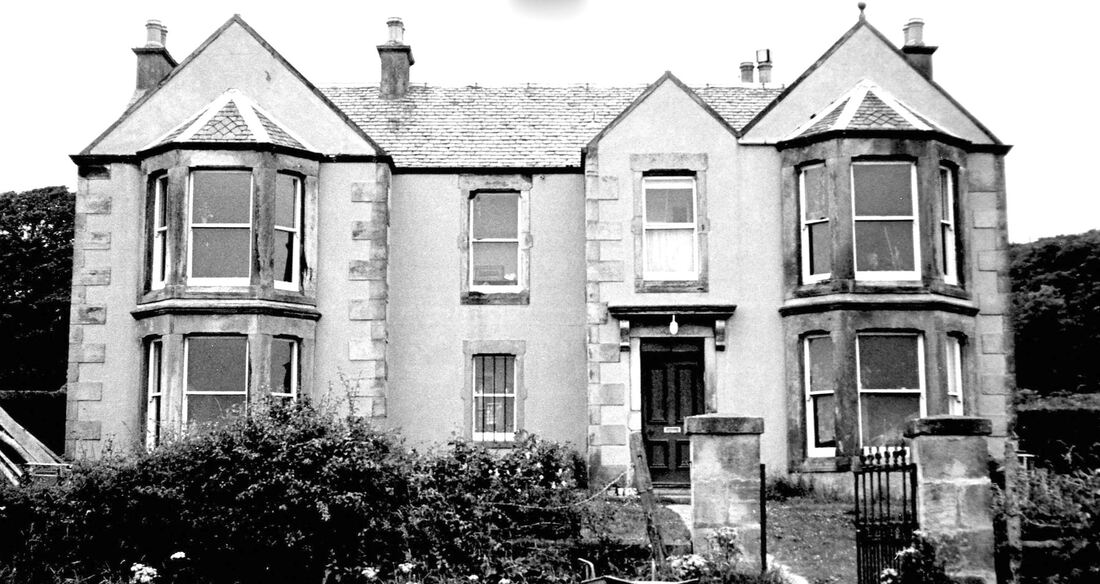
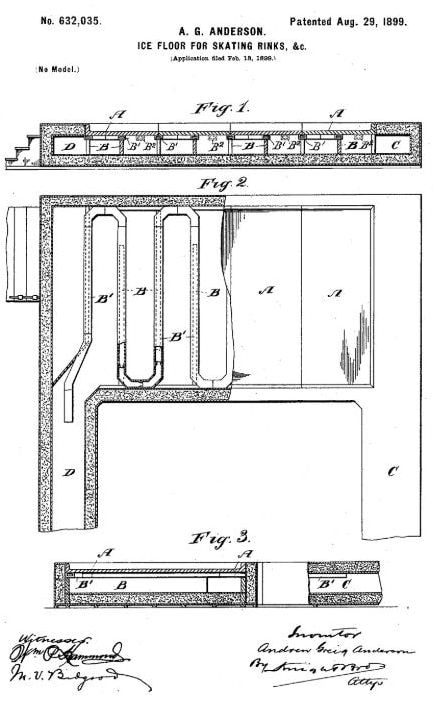

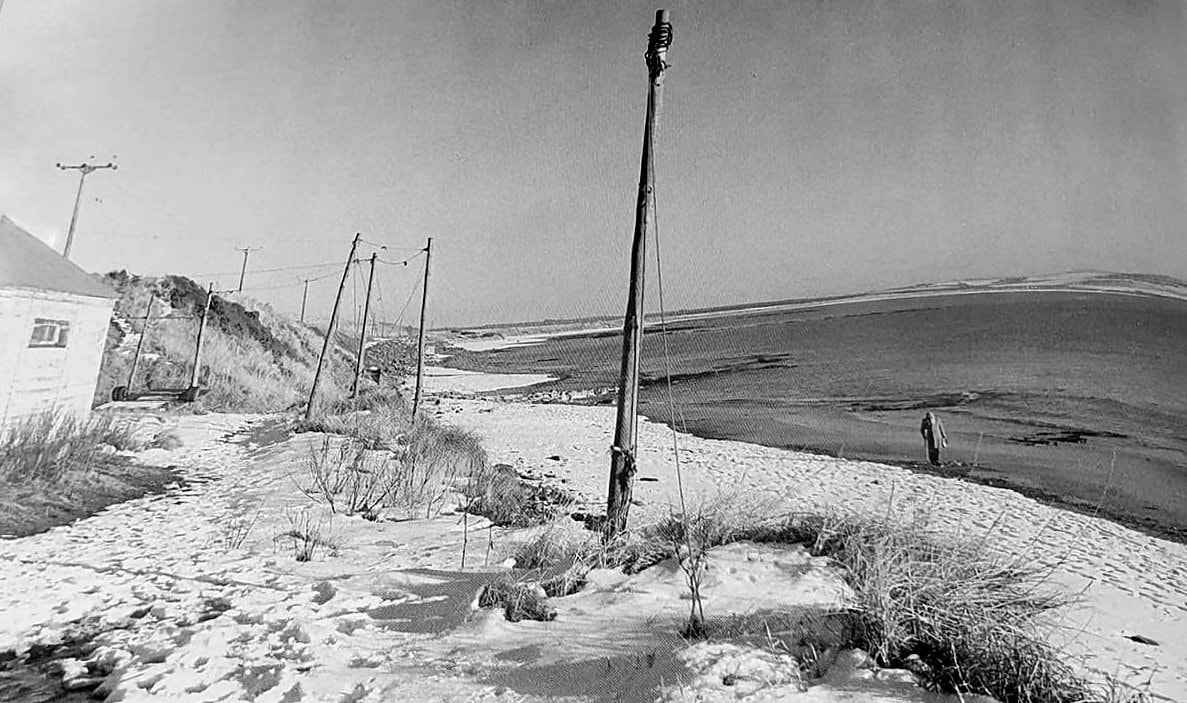

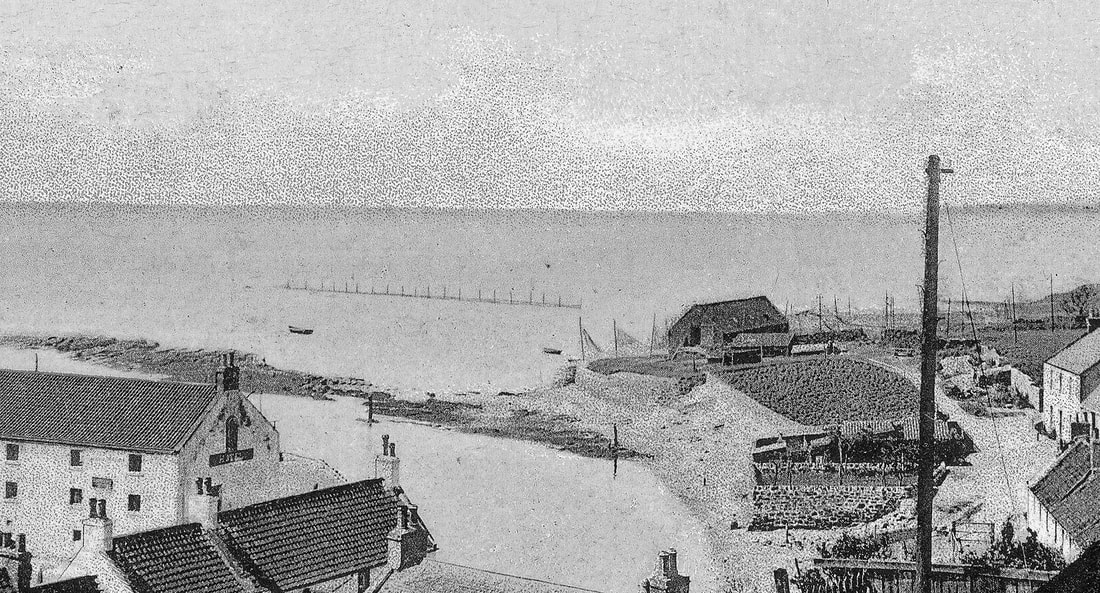


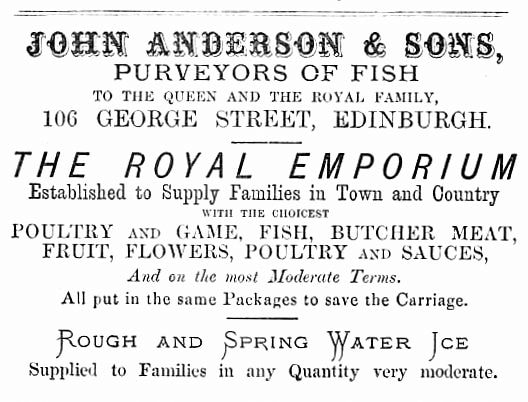

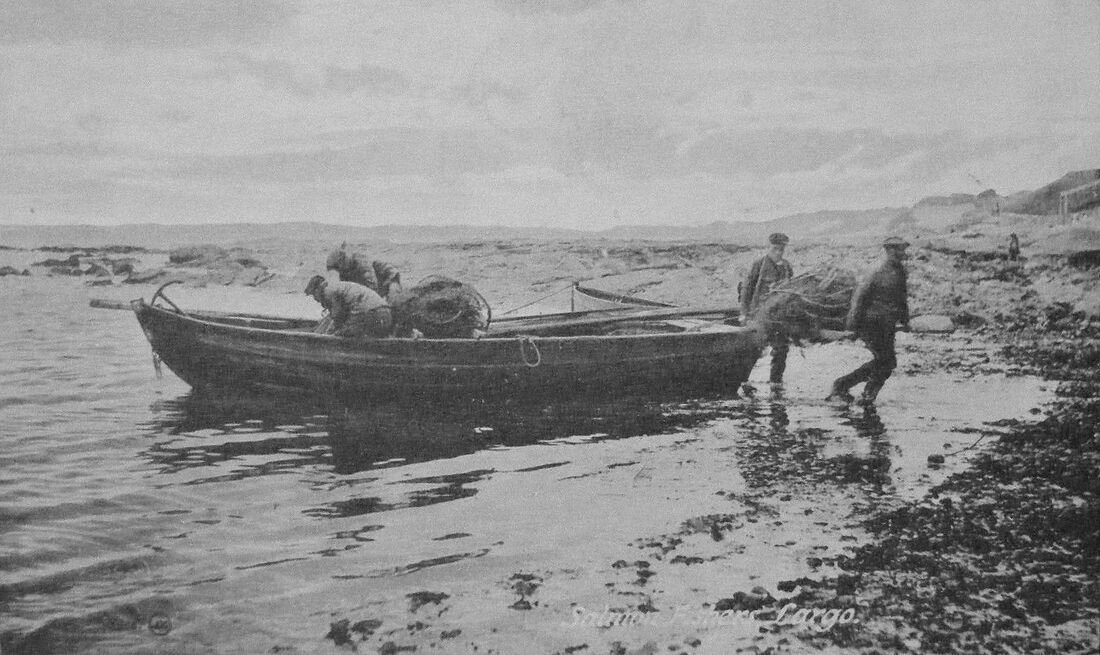
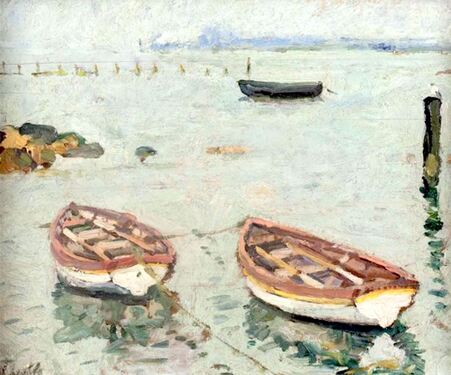
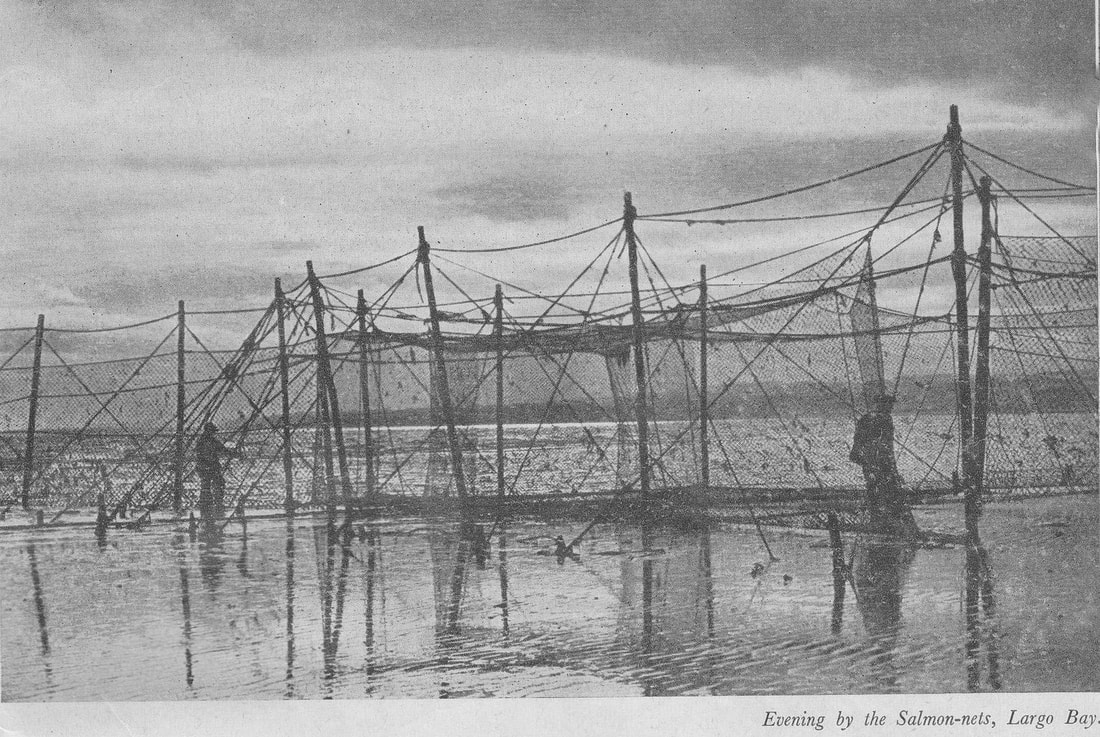

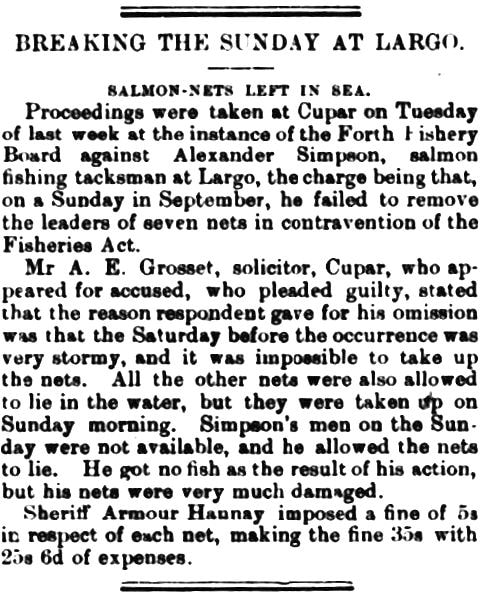
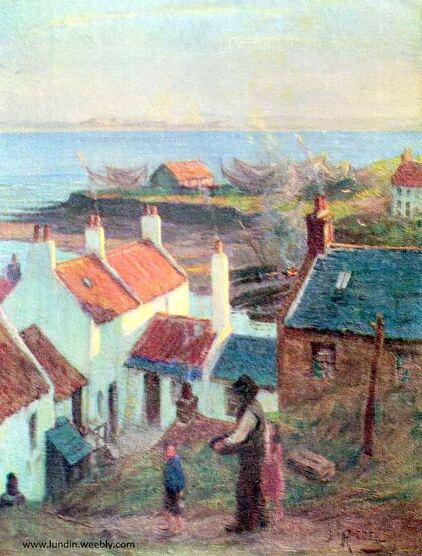
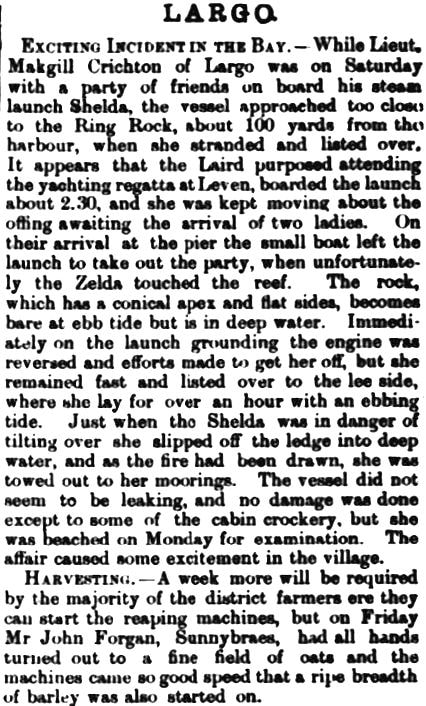
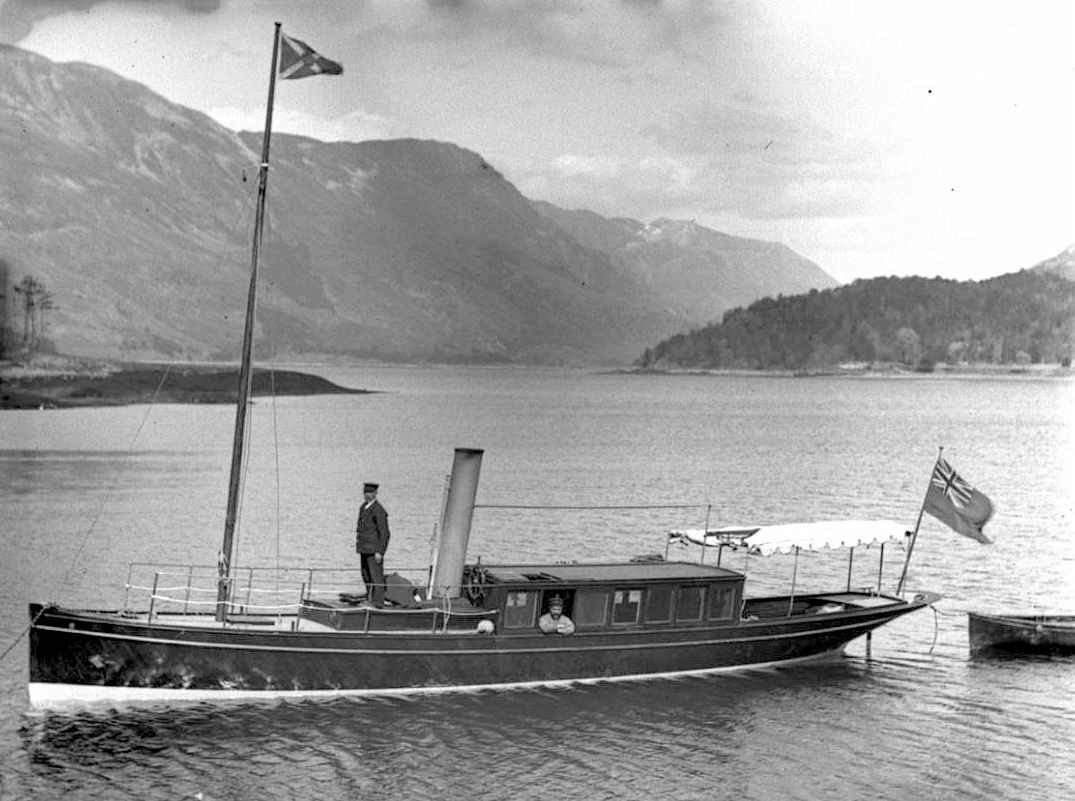
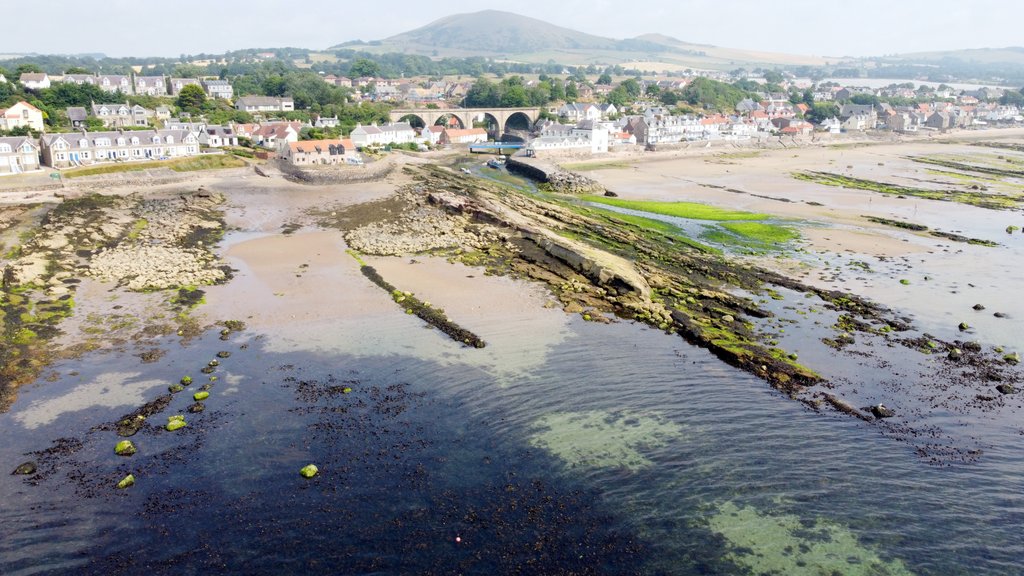
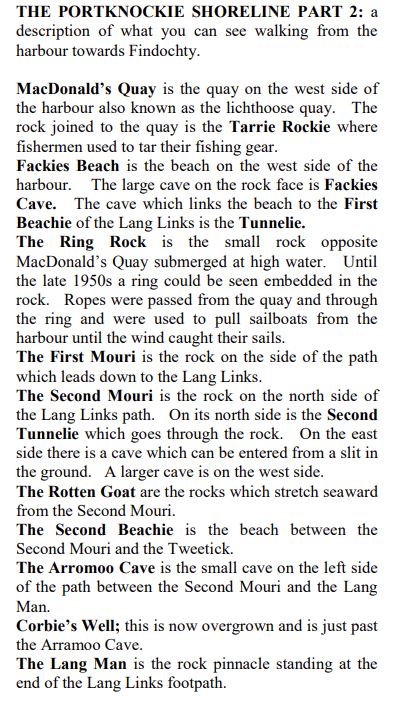
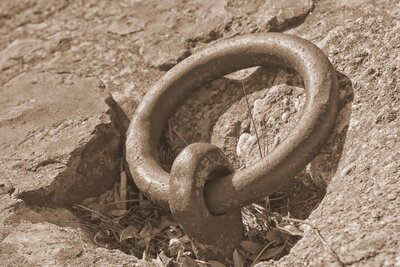
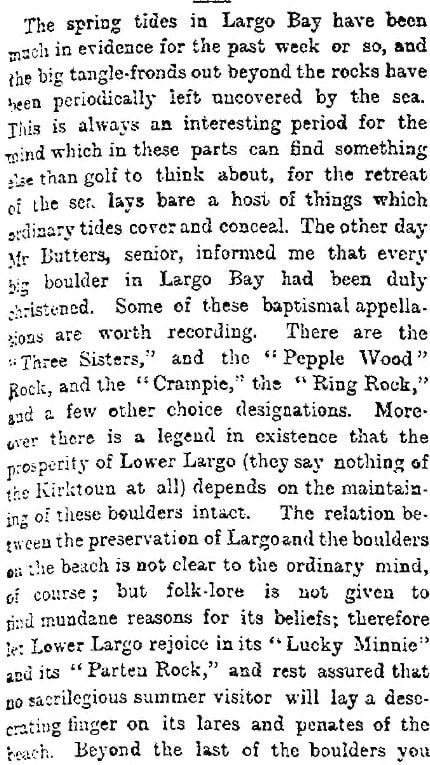
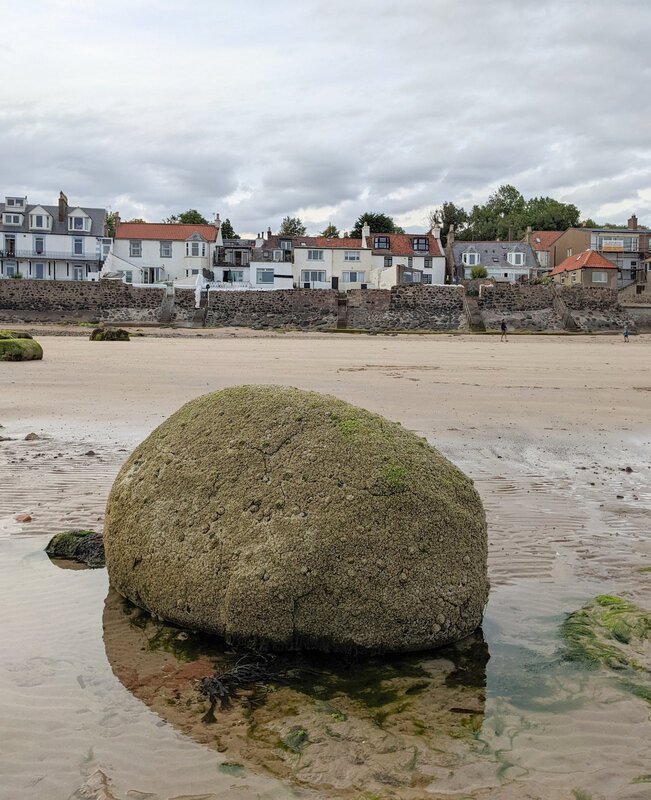

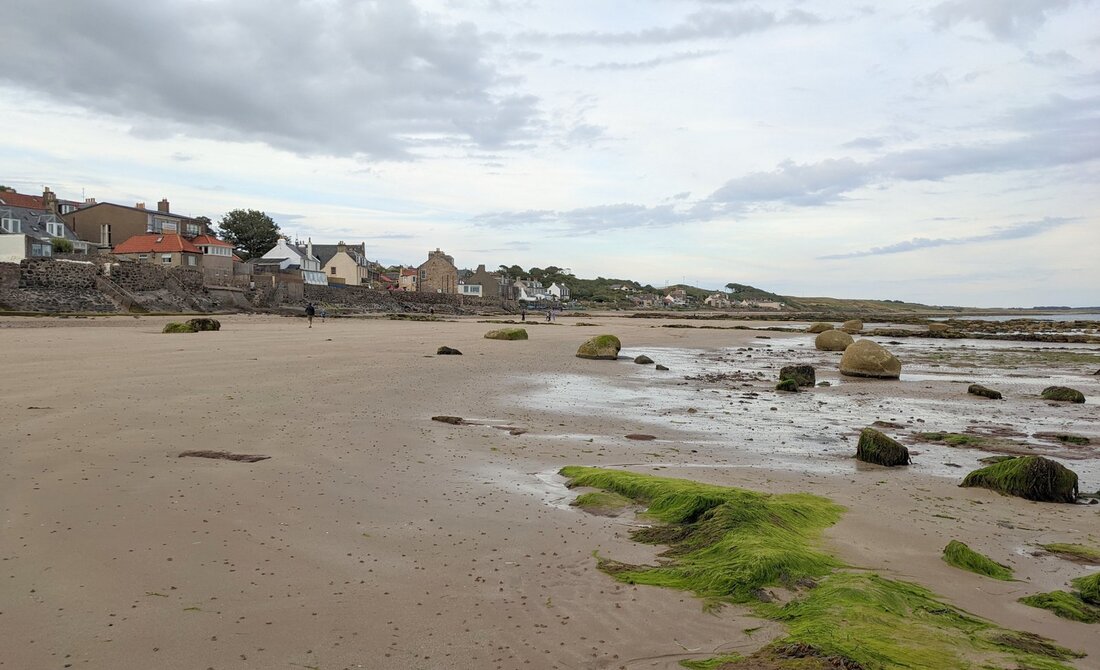
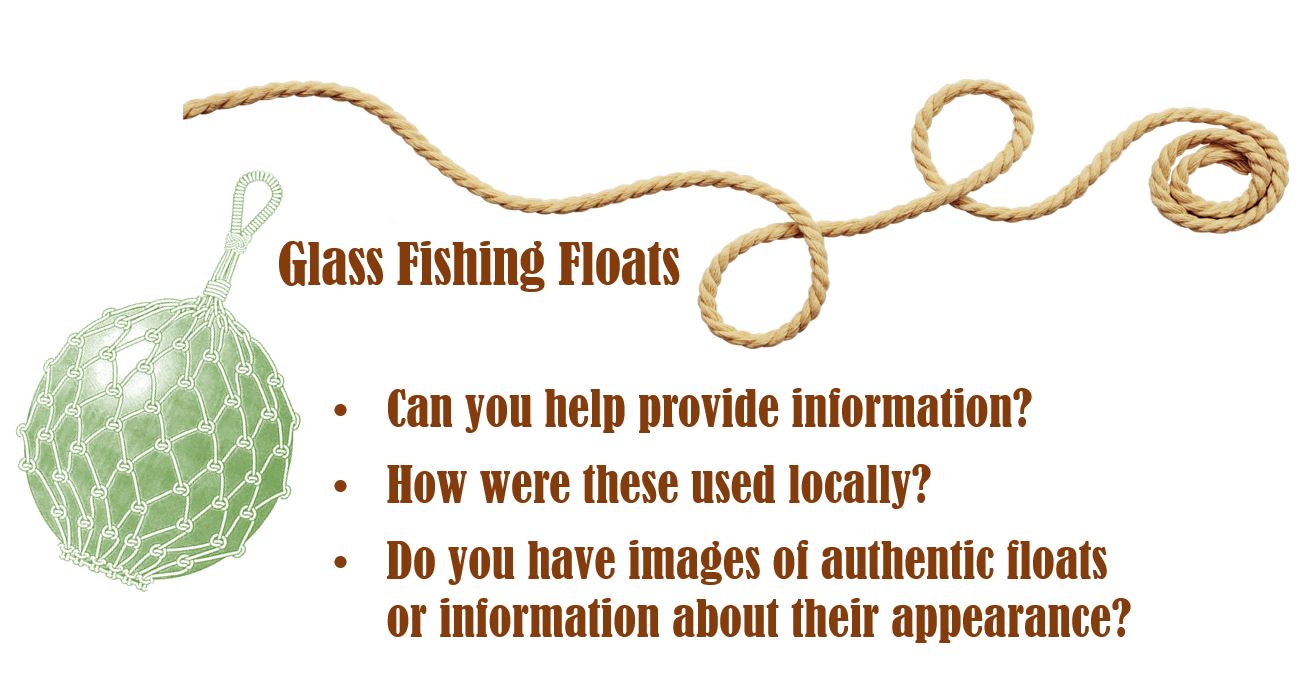
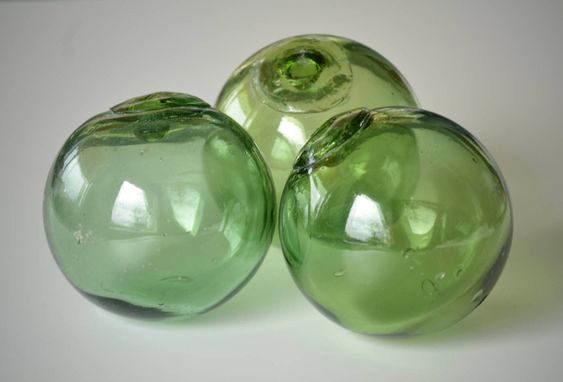
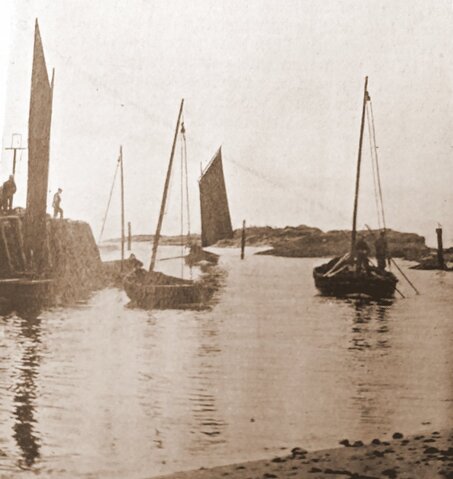

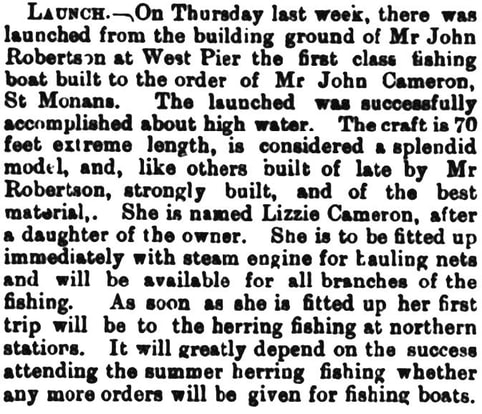

 RSS Feed
RSS Feed
